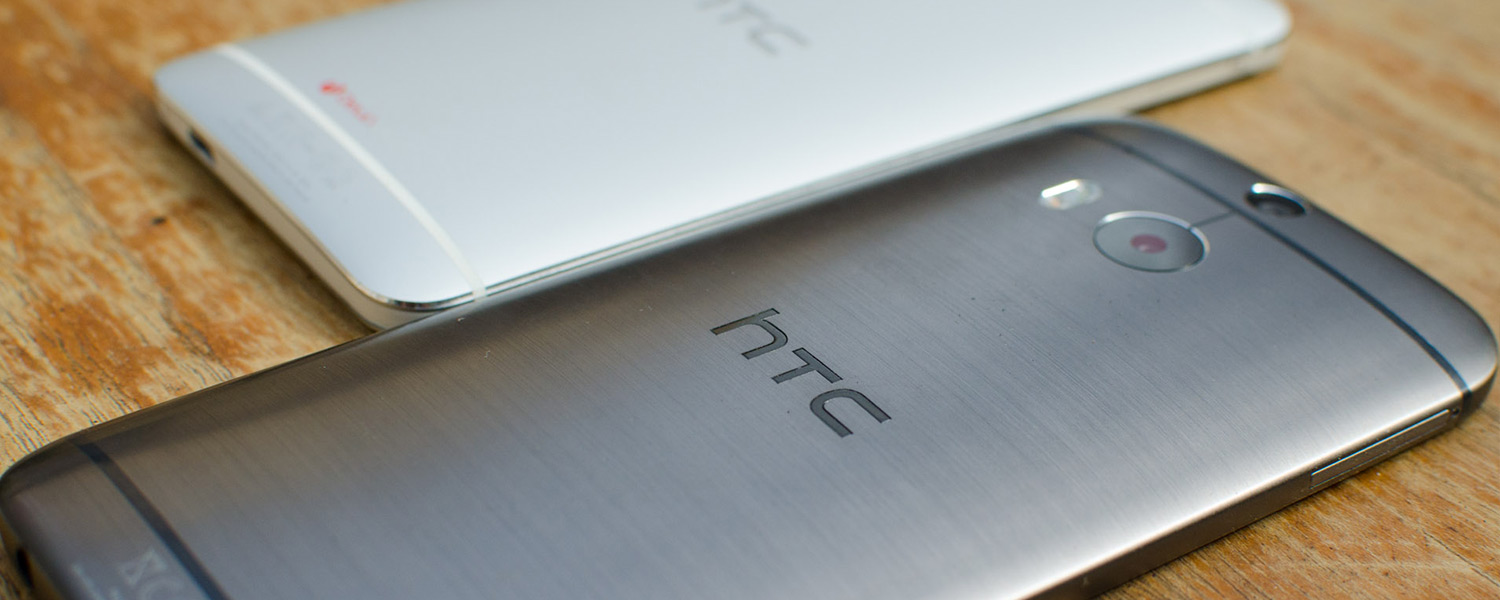Final Thoughts
HTC didn't need to reinvent the smartphone with the all new HTC One. The handset that preceded it established the company as the maker of high-end, premium Android devices, so all that was needed was to build on this solid base. And that's exactly what HTC did in creating the One M8; this is a smartphone filled with improvements.
The design of the One M8 may not be as striking as the original One, but HTC has put in some serious polish to how it feels. The polished gunmetal grey aluminium, which now covers 90% of the non-screen surface area, not only looks fantastic, but it makes the One feel like a flagship product in your hand. A more curved design also makes the M8 more ergonomic than before.
A Super LCD 3 display, now five inches in size, is once again the centerpoint of the M8's front panel, and it's one of the best. Viewing angles are truly magnificent from the panel, as is color saturation, plus its 1080p resolution makes images look sharp and text look printed. HTC is facing increased competition in the display space, especially from LG, but the One M8's display is still one of the best.
The biggest addition to the HTC One M8's feature list is undoubtedly the Duo Camera. The addition of a depth sensor adds some cool effects, especially Ufocus which simulates depth-of-field to give photos an impressive DSLR-like feel. Aside from the great manual mode, other additions are less useful, but buyers will likely find a lot of pleasure in refocusing images they've taken.
Using the same 'Ultrapixel' sensor is an interesting one, and while the quality of images has improved, the resolution of each image still proves to be disappointing. In a future HTC flagship I'd love to see a larger sensor with a higher megapixel count, hopefully with OIS back in the mix. The five megapixel front-facing camera is great for selfies, but don't be fooled by its on-paper specifications: the rear camera is still better.
Qualcomm's Snapdragon 801 SoC is a sizable improvement over the Snapdragon 600 used in the original HTC One, but it's only a minor step above the Snapdragon 800. But any performance improvement is always welcome, and the 801 proves to be massively powerful in both CPU and GPU. Let's not forget the inclusion of a microSD card slot either, which provides a cheap method of expanding upon the device's 16 GB of internal memory.
Sense 6.0 is less of a major feature upgrade than a visual improvement, and it finally has adopted a style as awesome as Android 4.4 itself. BlinkFeed is still a great way to keep up with the world, and Motion Launch makes the One M8 easy to pick up and start using. Combined with the Extreme Power Save mode and a generally decent battery life, the HTC One M8 is a wonderful package.
Buying this package won't be cheap though, as you tend to expect from a flagship product. HTC is selling the device factory unlocked for $699, and it's also available for $199 on a two-year contract in the States. In the UK and the rest of Europe you'll need to fork out £530 and €660 (including tax) respectively, and in Australia the M8 sells for AU$850. Upcoming smartphones such as the Samsung Galaxy S5 and Sony Xperia Z2 will set you back a similar amount, and the iPhone 5s sells for similar amount currently, so the M8 isn't prohibitively expensive.
The HTC One M8 is a truly fantastic smartphone, and its few shortcomings can easily be overlooked in favor of a solid feature set in a premium body. Well done to HTC for once again showing what its engineers can do.
Pros: Astonishing aluminium build is both attractive and ergonomic. Snapdragon 801 SoC is immensely powerful. Duo Camera brings cool features and improved image quality. Great display from all angles. Sense 6.0 is better than ever before.
Cons: Camera resolution can be prohibitive.


